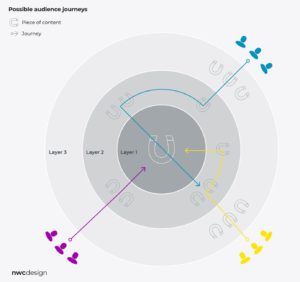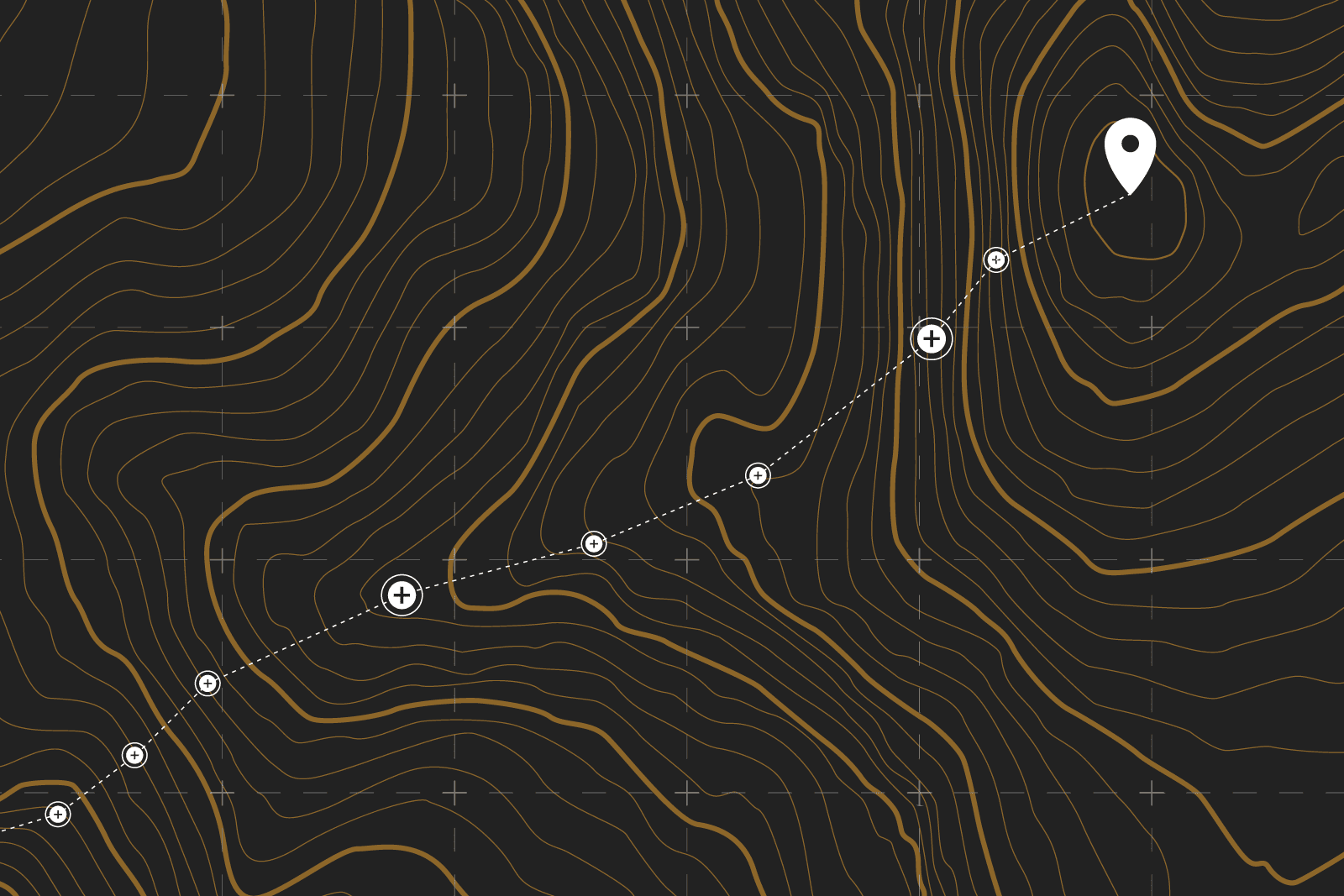Getting information about your audience in order to create content that engages them is in the 10 Commandments of campaign activity. But not just any old information. We’re not talking about a long list of mobile numbers and email addresses in a plain client profile but rather a resource that is more in-depth and more subtle.
Having and using such a level of information lays the foundation for building a project that has success written all over it. And don’t underestimate the positive impact on your own reputation among that audience and other stakeholders when you show an interest in them.
The task of getting to know your audience is also a great reminder that it is not just about the creativity but how you use it. We can all get caught up in the process of producing exciting and interesting content and so inadvertently keep the audience far away and forgotten.
And when we say exciting and interesting, we mean content that should:
- Resonate – content should speak directly to your audience. It should place them in familiar territory and talk to them in their language. And that can only happen if you know about them.
- Solve problems – the content you produce will be placed exactly where the audience will see it and in a format they like so it will provide the answers they need to solve their problems.
- Build trust – an outcome of receiving and absorbing useful information is that the audience begins to develop a trust in the communicator, that is you.
- Create rapport – Out of this trust comes a positive and productive relationship at a business and human level.
Your content should resonate with your audience, solve their problems, build trust and create rapport. It is only by truly knowing them that you can achieve this.
Looking beyond the client profile
Despite their limited usefulness, client lists nevertheless are a good place to start. But you will need to know more about the audience to truly understand their problems, needs and wants, as well as their content preferences.
Through our own experience, here at NWC Design we have found that personality type, as much as position in the business, plays a role in how content is perceived, digested and accepted by your audience.
Here are the key questions for which you need the answers to produce an audience profile that will provide a key role in the ultimate function of your campaign:
- What kind of personality types are they?
a. ‘Thinkers’ who like long-form technical content?
b. ‘Entrepreneurs’ who tend to prefer short and snappy content in bitesize chunks?
c. ‘Relators’ who like to engage with, share and talk about your content?
d. ‘Directors’ who like to grab the key facts and get to work on driving results? - Where do they ‘hang out’?
a. What are their preferred platforms on which to interact? Social media, forums, webinars? - Which types of content do they engage with most?
a. Reports, research, videos, social posts, long-form, short-form, infographics, slideshares, case studies? - How do they consume thought leadership?
a. Do they travel and read on the go?
b. Do they sit and dedicate time to read every day or week?
c. Are they using mobile or desk-top devices?
d. Do they download and save it for later?
Where and who to ask when getting to know your audience
Getting the answers is surprisingly simple. For a start, you can ask your own sales team and account handlers. Bring them into the ideas sessions and content strategy meetings. They will be using the content in discussions with clients, so it is doubly important that they are involved.
Or you can ask your audience directly what they want to read and how they want it delivered and then make sure to use the answers to inform your project work, which will start, as they always should do, with working out the audience journey.
By this, we mean how audiences will engage with your campaign; the points of entry, the route they are likely to follow when engaging and then where to place your calls to action.
Don’t forget that the audience can choose what they want to read and the journey can start from the central piece of information or it can start at the periphery of the content and head in towards that big hitter. They are in control and that is why you need to know what pushes their buttons.
All this sounds hideously complex and is certainly more nuanced than the plain client profile. But it is manna to content design agencies, who understand the importance of having in-depth audience profiles that help them produce a range of designed assets tailored to make the project a success. All you have to do is ask.








